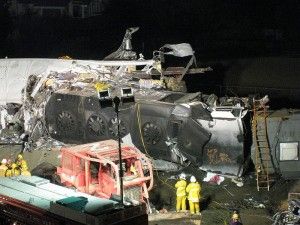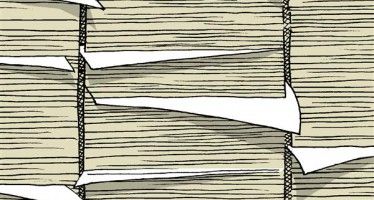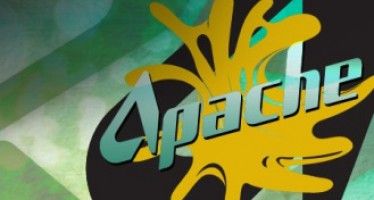Rail series: Single-track bottleneck slows CA trains
This is Part 3 of a series on Medium-Speed rail alternatives to California’s High-Speed Rail project. Click to read Part 1, Part 2, Part 3, Part 4, Part 5 and Part 6.
Dec. 13, 2012
By Stan Brin
So why are California’s trains so sluggish?
Aside from political inertia, there are two reasons.
The first should be an embarrassment to every Californian: To this day, California’s inter-urban rail routes are limited to a single pair of tracks.
A single pair of tracks is like a one lane highway forced to accommodate two lanes of traffic moving in two directions. Trains can rarely operate at full speed, and only for limited distances. They have to stop and wait at sidings while other trains, moving in the opposite direction, pass them by. If a train stops to take on passengers, trains traveling behind it also have to slow down or stop.
This is the major reason why Amtrak trains between Los Angeles and San Diego require two hours and forty minutes to travel a route just over a hundred miles long. There simply isn’t room on the tracks for them to go any faster.
This limitation is considered woefully obsolete in the rest of the developed world, where double and quadruple tracking are the norm between major cities.
As my Nigerian friend says, “If they can do it in Nigeria, why can’t they do it here?”
Indeed, why haven’t California’s tracks been doubled? The answer is simple: Freight doesn’t need double tracks. Freight trains are very, very long, and very, very slow, and they don’t run very frequently.
Why single-tracking is unsafe: The Chatsworth disaster
The second reason why California’s passenger trains are so slow derives from the very nature of single track rail: It’s not safe. In fact, the use of single-tracked routes for passenger traffic is a time bomb.
Single-tracking forces trains to head toward each other on the same set of rails, and inevitably, someone will misread or ignore a signal with disastrous results.
This is what happened in Chatsworth, north of Los Angeles, on Sept. 12, 2008. A northbound Metrolink commuter train ran smack head-on into a southbound Union Pacific freight, killing 25 people and maiming 135 more, apparently because the engineer at the controls of the Metrolink train was sending text messages. (Picture of the crash is above.)
This collision forced the feds to order a further reduction in train speed. But it also led to the Rail Safety Improvement Act of 2008, a joint industry and government initiative. The act requires railroads to create and implement “Positive Train Control” systems that would surround trains with a GPS envelope that would automatically shut them down if they approached another train.
PTC will be great, if and when it works.
Reducing collisions
But had the Ventura County Line in Chatsworth north of Los Angeles been double-tracked in Sept. 2008, the disaster is unlikely to have happened at all. The two trains, approaching from opposite directions, would have simply passed one another on neighboring tracks.
It is still possible to have accidents on double tracks — a train might head-butt another standing still at a siding, for example — but there would be fewer collisions, and they would happen at much lower speeds.
Nevertheless, even today, four years after the accident, the Chatsworth-to-Ventura line is still single-tracked, aside for one-mile-long sections north and south of the Chatsworth station. Apparently, there are hills in the way, and new tunnels would have to be dug alongside those built, perhaps, when Andrew Johnson was president.
The cost of cleaning up the disaster, compensating the families of the dead, and caring for the permanently maimed, would easily have paid for new tunnels.
Related Articles
BOE building gremlins linger in ‘sick’ building
There must be gremlins living in the Board of Equalization building in downtown Sacramento. What else could explain burst water
New speaker's FPPC troubles
Feb. 16, 2010 By ANTHONY PIGNATARO One of John A. Perez’s first acts as a state assemblyman was to introduce
Fracking with no freshwater — or water — increasingly common
The next great environmental fight in California is likely to be over hydraulic fracturing, the energy extraction process that uses





